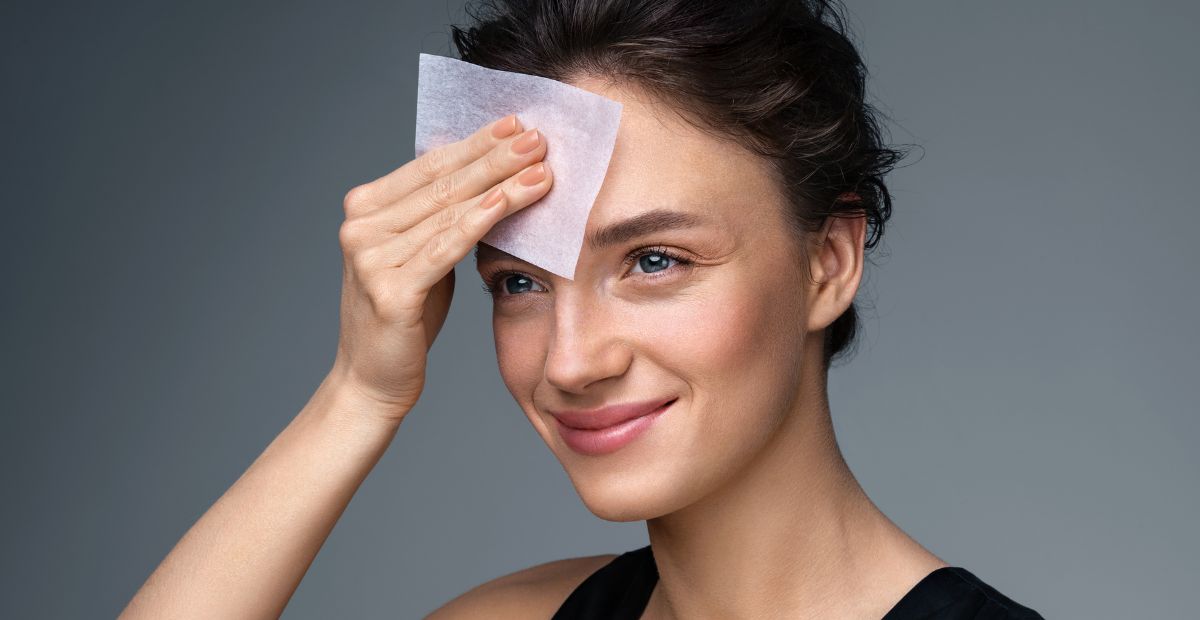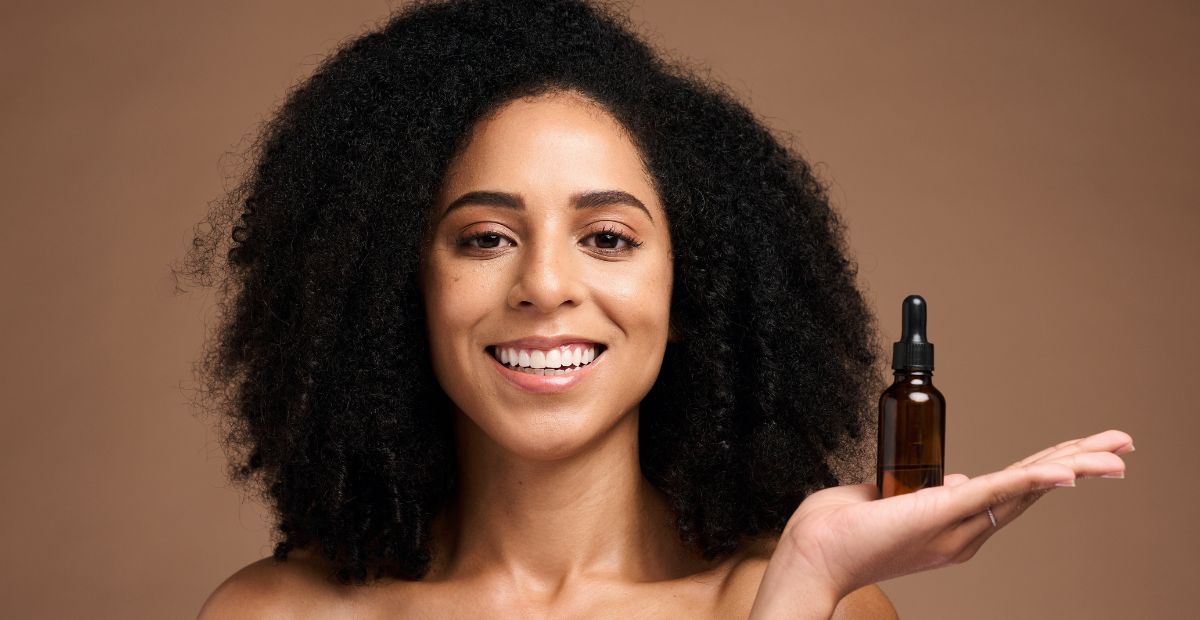How to Know Your Skin Type (and why you should care)
Onskin Content Team
Your guides through the skincare chaos

The world of skin care can confuse the heck out of most people. Between understanding your skin’s problems, decoding cosmetic ingredients, and knowing how your skin’s needs change with the seasons, climates, and health issues, you might feel like you should be allowed to put “Ph.D.” next to your name if you learn how to do all that.
If you find skin care overwhelming, you’ll be glad to know that a) it’s normal to feel this way, b) we’ve all been there, and c) you don’t need a Ph.D. or a ton of money to build an insanely effective skincare routine. As Desmond Tutu said, “There’s only one way to eat a mammoth: a bite at a time.” The first bite is to know your skin type.
Why Bother Knowing Your Skin Type?
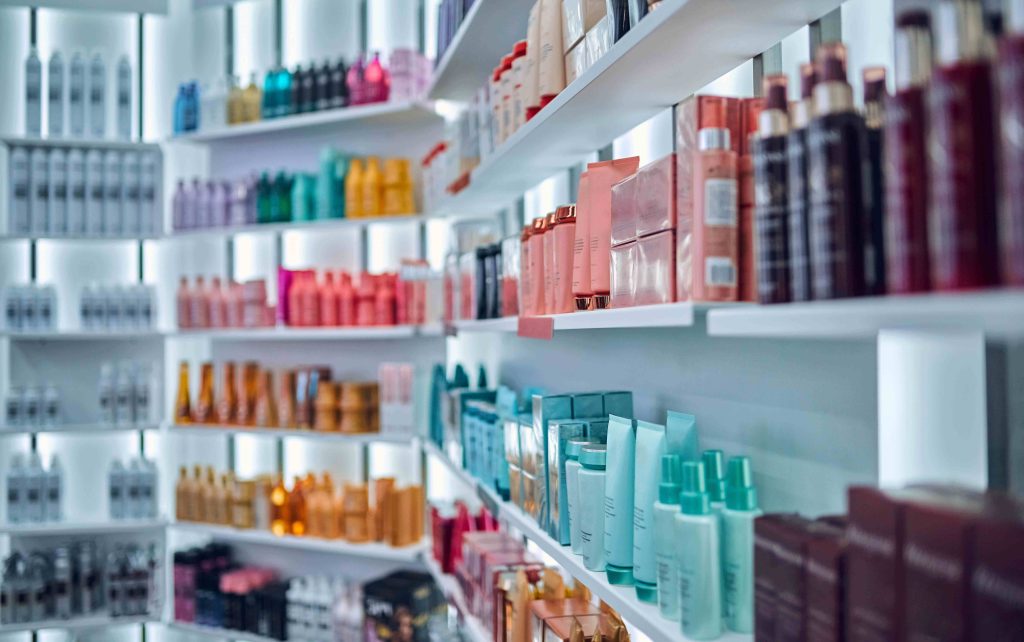
So let’s jump into it—why is it important to learn your skin type? For starters, to be prepared for when they spring this question at you at Sephora or Ulta Beauty. But on a more serious note, your skin is a treasure that you likely want to preserve and look its best for as long as humanly possible, right? To achieve that, you need to give your skin all the help and protection it needs. But how do you give your skin the help it needs? Why, by learning what it actually needs! And this largely (but not solely!) depends on your skin type.
What Is a Skin Type?
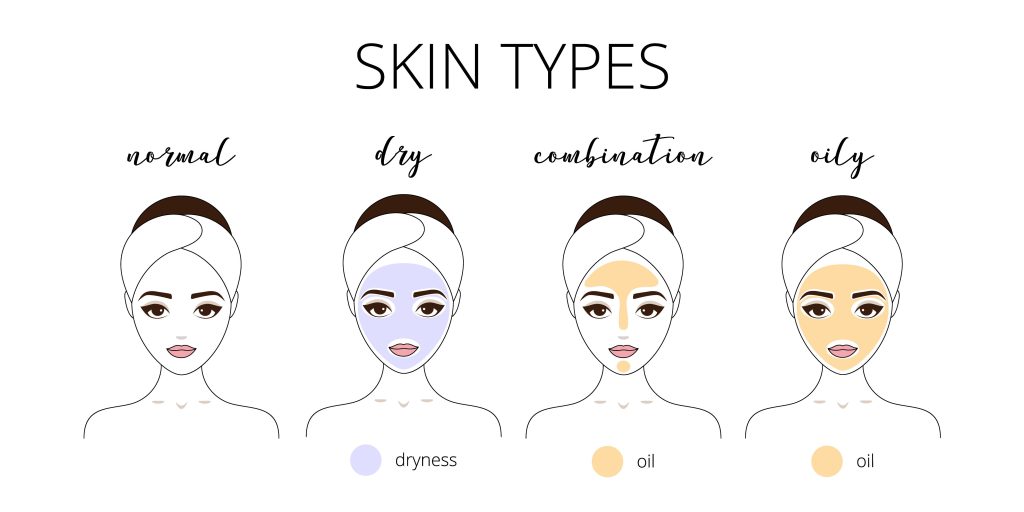
Now, you’ve probably heard of these four skin types: normal, oily, dry, and combination. They refer to the amount of sebum your skin produces (sebum is a waxy substance protecting the skin from drying out). Sensitive skin is often singled out as a skin type, but technically it’s an issue that any of the four types can have. There are of course other classifications but since the product labels are not going to refer to them and they were mostly designed for professional use, the five basic skin types are a good place to start.
Skin type is not a diagnosis, thus there are no strict definitions or criteria. They serve as useful pointers to help you move in one general direction and be more purposeful, effective, and consistent with your skincare shopping and routine. Having your skin type in mind, you can learn to help your skin in the best way possible. Let’s now explore how to know your skin type.
How to Know Your Skin Type
Bare-faced and Bushy-tailed
A good and relatively simple method is a bare-faced test. Here’s what you’ll need:
- A neutral and mild facial cleanser, ideally without fragrance
- Half an hour spent at home not doing anything particularly stimulating (physically or emotionally)
- A mirror
Here’s what you need to do:
- Wash your face with a mild cleanser
- Do not put any products on your face
- Wait for 30 minutes
- Examine your face in the mirror
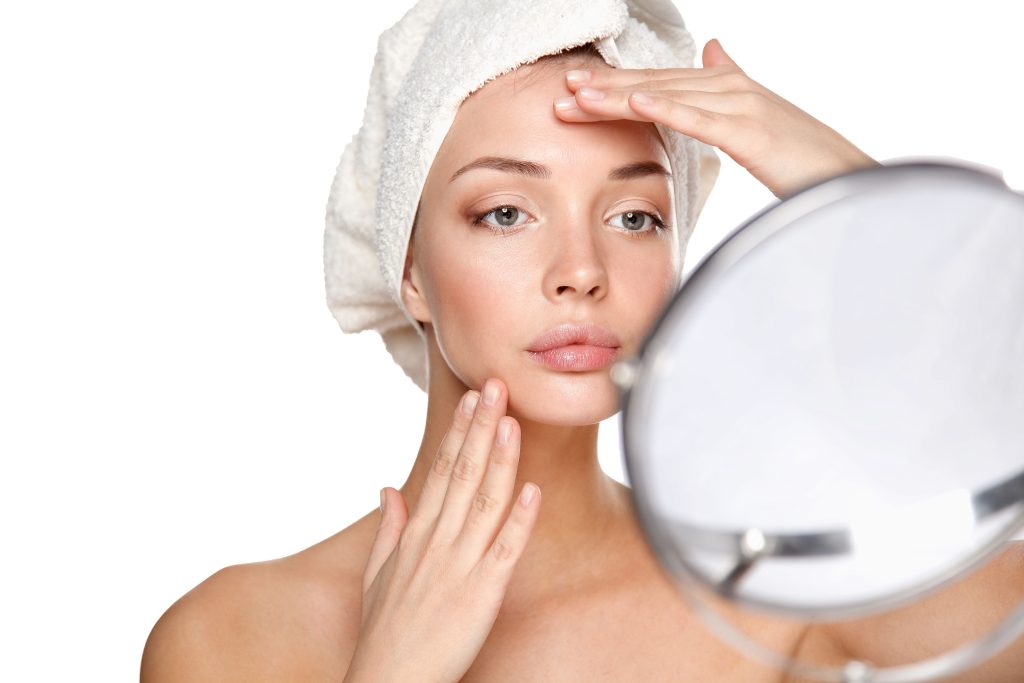
If after half an hour your skin has a bit of a sheen and feels somewhat greasy to the touch, you likely have oily skin. If it feels uncomfortably tight, you likely fall into the dry-skin camp. Those who get both sensations: greasy on the T-zone and tightness on the cheeks, welcome to the combination club! If you don’t have any of the above and feel like you could go without putting anything on your face all day, you likely have normal skin.
Face It!
The bare-faced method is great but it has limitations, particularly in hot and humid climates. Any skin will look shiny if it’s August in Miami. So if it’s hot outside and you sweat a lot, there’s another thing you can do—grab a mirror and look closely at your pores. If they are quite large that’s to say perfectly visible, you likely have oily skin. Visible on the T-zone and nowhere else—combination. Pretty much invisible but you can see very fine lines or flakiness—dry skin.
What about Sensitive Skin?
Sensitive skin doesn’t need a test—if you’ve met that temperamental diva, you very likely know you have it. However, if you haven’t given it much thought, here are signs that you have sensitive skin:
- You blush very easily. Anything in the world can trigger it: from an unexpected compliment to a spicy meal.
- Cosmetic products tend to burn and sting.
- You often feel itchy.
- You tend to get breakouts.
- Your skin reacts to cold weather and wind.
- You can spot tiny red bumps or capillaries very close to the skin surface.
What Can Influence Your Skin Type
Our skin is super dynamic and a lot of things can influence it. While it’s helpful to keep your skin type in mind, the rule of thumb is not to pigeonhole your skin too much and pay close attention to it. Plus, certain conditions or medications can shift your skin from one type to another and be temporary. Here’s a list of things that can strongly impact your skin:
Medications. Some meds like statins or isotretinoin (aka Accutane, a popular drug for acne) can cause skin dryness, others like certain antibiotics or antidepressants can make you super sensitive to sunlight. Beta-blockers often prescribed for high blood pressure can cause rashes or psoriasis.

Pregnancy can cause various skin issues and even change your skin type. Normally, these changes are temporary, so keep that in mind before stocking on products for newly occurring problems.
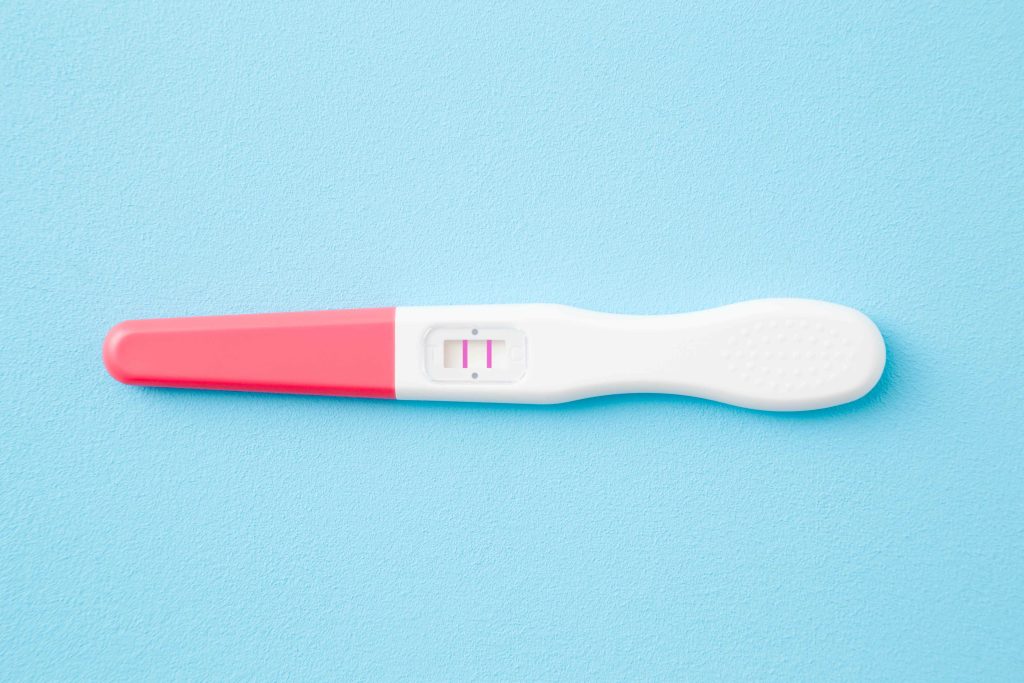
Sex hormone fluctuations will very likely play tricks on your skin. The most vivid examples are puberty and menopause.

So I Know My Skin Type, Now What?
Knowing your skin type is a great place to start. Here’s what could be your next steps:
1. Revise your current skincare routine. Maybe you’re doing something that’s not ideal for your skin type. For example, if your skin is sensitive and oily, you might be making it more sensitive by using some products that remove excessive oil.
2. Go through your beauty and skincare products to check whether they’re actually suitable for your skin type. An ingredient scanner app can be of great help with this quest.
3. Think of your diet in the context of your skin type. Some foods can exacerbate your skin’s problems. For example, spicy food can trigger sensitivity while sugary and highly processed foods tend to make the skin more oily. If you take medications regularly, looking into their effects on your skin might also be a good idea.
4. Set skincare goals! This is what any dermatologist will tell you. Having clear goals can help you build a crazy effective routine and save tons of money. A skincare app can help you with this one if you’re unsure where to start. OnSkin, for example, has a feature dedicated to that and there’s absolutely no reason not to try it—it’s super easy to use and can help you turn the money you spend on skincare into an investment in your skin’s health and glowing look.
FAQ
-
Where do I start with OnSkin?
Download the app and think of a product you’d like to know more about. Then, go to the main screen and choose how you’d like to get the info —by manually looking it up in the search bar, by scanning its barcode, or by simply taking a picture of the packaging. Once you’ve done any of these, you can see how safe the product is and if it suits your skin or hair (if this analysis is available).
-
What is Safety Rating, and how is it calculated?
In OnSkin, we base product rates on ingredients. Each is closely studied by our medical team and then evaluated. This way, each product gets a score from 0 to 100, with 100 as the safest level.
Safety Levels
- Excellent (76–100)
- Good (51–75)
- Not great (26–50)
- Bad (0–25)
These scores are backed by the latest scientific studies. You can find links to the resources we’ve used on each ingredient page. To assess the safety of product ingredients, we evaluate them according to the following parameters/criteria
- Endocrine disruption risk / Reproductive toxicity
Indicates the probability of mimicking, blocking, or interfering with the body hormones.
- Сarcinogenicity
Measures the potential risk of inducing cancer.
- Allergy risk
Estimates the probability of an allergic reaction.
- High concentration alert
Determines the risk of being unsafe in certain amounts.
-
What is Skin Match?
Based on the info you input about your skin type, age, skin care goal, and other “settings,” OnSkin checks how well a product is tailored to your unique skin needs — it’s basically like a dermatologist helping you find the right products, minus the fees and the long wait. The product you’re checking might be labeled as It’s a match!, Hit-or-miss, or Not a match for you. The app also detects ingredient groups such as Anti-acne, Anti-inflammatory, Moisturizes, May be drying, Comedogenic, and others — by tapping one, you see exactly what ingredients from this or that group are in the product.
-
I seem to have a problem with using the app. Who should I contact?
Please reach out to us at [email protected], and we’ll carefully look into your issue. Your ideas for improving the app are also very welcome!
-
Do you have an Android version?
Not yet! Hey Android users, we hear you, and we're thinking about making an Android version, but we haven't started the development yet.
Tracker Sent!
It’s on the way to your inbox.



